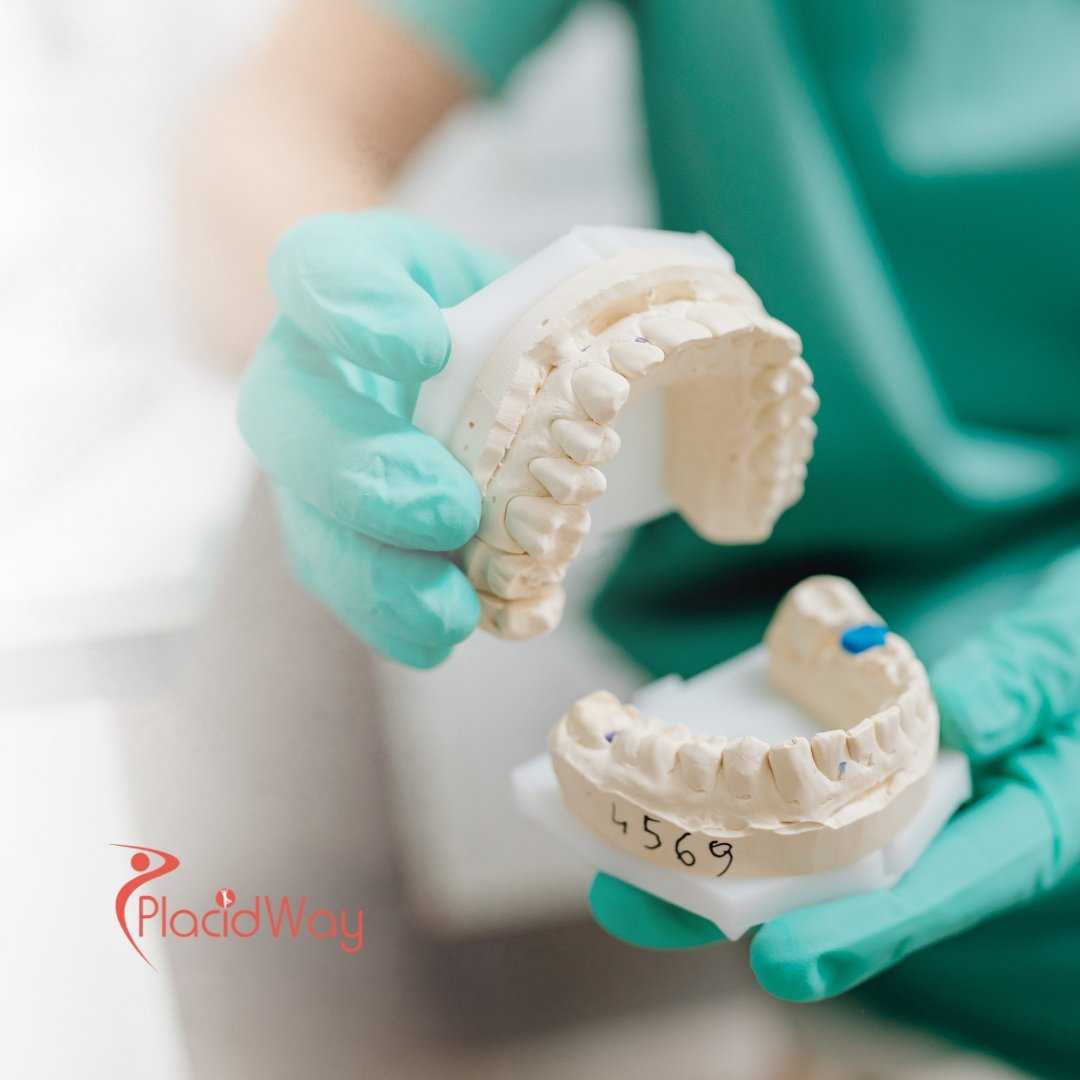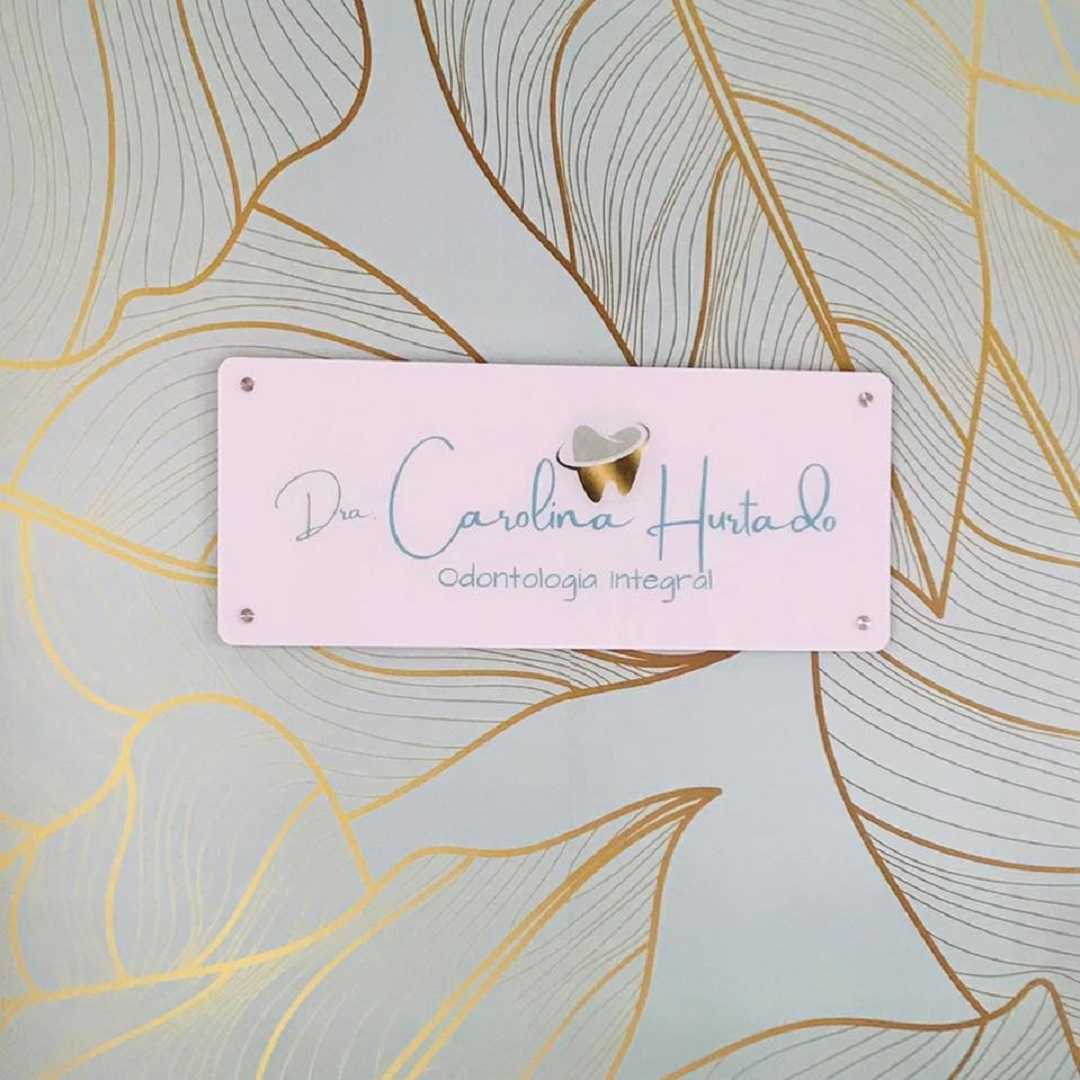Things I Wish I Knew Before Veneers in Colombia
.png)
The idea of getting a perfect smile is incredibly appealing, and for many, Colombia has emerged as a premier destination for high-quality, affordable cosmetic dentistry. Known for its world-class clinics and highly skilled dentists, the country attracts thousands of people each year seeking a "Hollywood smile." If you're considering getting veneers in Colombia, you're likely drawn by the promise of excellent results at a fraction of the cost you'd pay back home. This guide covers everything you need to know about getting veneers in Colombia—from types and costs to travel logistics—for a smooth, successful experience.
What exactly are dental veneers?
Veneers are a popular cosmetic dental treatment designed to give you a flawless smile with minimal invasiveness.
Key Benefits:
-
Act as a permanent makeover for your teeth
-
Thin, custom-made facings match your ideal color and shape
-
Conceal deep stains, chips, cracks, and small gaps
-
Less invasive than crowns, covering only the tooth’s front surface
-
Provide a natural, uniform, and dramatically improved smile
Why has Colombia become a hotspot for dental veneers?
Colombia has quickly become a leading destination for dental tourism, thanks to its affordability and high-quality care. Patients often save 50–70% on procedures like veneers compared to the U.S., Canada, or Europe, without compromising results.
Cities like Medellin, Bogota, and Cartagena boast modern clinics with dentists trained in the U.S. and Europe, many specializing in cosmetic dentistry. To make the experience seamless, clinics often provide packages with accommodation, transport, and bilingual staff.
How much do veneers in Colombia typically cost?
The cost of veneers in Colombia is one of its most attractive features.
The cost of veneers in Medellin can vary widely. Several key factors influence the final price, so it’s important to understand what goes into the overall cost before making a decision:
| Factor | Impact on Cost |
|---|---|
| Material | Porcelain is more expensive (durable, natural look); composite is more affordable. |
| Number of Veneers | More veneers = higher total cost. |
| Clinic Reputation & Location | Top clinics in big cities (e.g., Medellin) may charge more due to expertise and technology. |
| Additional Costs | Consultations, X-rays, temporary veneers, and final placement. |
What's the difference between porcelain and composite veneers?
Porcelain veneers are a durable, stain-resistant, and natural-looking option that lasts 10–15 years, while composite veneers are a quicker, more affordable choice lasting 5–7 years. A dentist in Colombia can help you decide which best suits your goals, budget, and dental health.
| Feature | Porcelain Veneers | Composite Veneers |
|---|---|---|
| Cost | Higher ($400 - $600+ per tooth) | Lower ($250 - $400 per tooth) |
| Durability | Very durable, long-lasting (10-15+ years) | Less durable, prone to chipping (5-7 years) |
| Appearance | Extremely natural, translucent | Very good, but can look less natural over time |
| Stain Resistance | Highly resistant to stains | Can stain over time like natural teeth |
| Procedure Time | Requires at least two visits (lab fabrication) | Can often be completed in a single visit |
How do I find a trustworthy dentist in Colombia?
Selecting the right dentist is the most important step to achieving a successful veneer outcome. Beyond price, several key factors can help you identify a reputable and skilled clinic. Consider the following when making your decision:
-
Don’t choose a dentist based only on price.
-
Look for clinics that specialize in cosmetic dentistry with strong before-and-after veneer case portfolios.
-
Check patient reviews on independent sites like Google, Yelp, and medical tourism forums.
-
Verify the dentist’s credentials and memberships in reputable Colombian or international dental associations.
-
Confirm advanced training in cosmetic dentistry.
-
Choose clinics that are transparent about their team’s qualifications.
-
Schedule a virtual consultation to:
-
Speak directly with the dentist.
-
Gauge their communication style.
-
Ask critical questions.
-
Ensure you feel comfortable and confident in their care.
-
What is the step-by-step process for getting veneers in Colombia?
The journey to getting dental veneers in Colombia is well-organized for international patients.
Step-by-Step Process for Getting Veneers in Colombia – A quick guide to what you can expect.
-
Digital Consultation – Share photos of your teeth and discuss your smile goals with the dentist.
-
First Appointment in Colombia – Detailed exam, X-rays, and final treatment plan including shape and shade selection.
-
Tooth Preparation – Dentist numbs the area, removes about 0.5mm of enamel, and takes impressions or digital scans.
-
Temporary Veneers – Placed to protect your teeth while permanent veneers are being crafted in the lab.
-
Final Appointment – Temporaries are removed, and permanent porcelain veneers are bonded and adjusted for a perfect fit and bite.
How long should I plan to stay in Colombia for the procedure?
Is the veneer procedure painful?
What are the risks or potential downsides?
How do I care for my new veneers?
Protecting your investment is straightforward. You don't need a complicated routine to care for your new veneers. Simply treat them as you would your natural teeth with a few key considerations:
- Practice excellent oral hygiene: Brush gently with a soft-bristled toothbrush and non-abrasive fluoride toothpaste. Flossing is crucial to clean between the veneers and prevent gum disease.
- Avoid excessive force: Do not use your veneers to bite on hard objects like ice, fingernails, or pens. Be cautious when eating very hard foods like nuts or hard candy.
- Wear a mouthguard: If you grind your teeth at night (bruxism) or play contact sports, wearing a custom-fitted mouthguard is essential to protect your veneers from chipping or breaking.
- Limit staining agents: While porcelain is highly stain-resistant, it's still wise to be mindful of coffee, tea, red wine, and tobacco to keep your entire smile bright.
Will my veneers look fake?
This is a common and valid fear. The dreaded "too white, too big" smile is something everyone wants to avoid. A top-tier cosmetic dentist in Colombia will prioritize a natural aesthetic. The design of your veneers is a collaboration between you, the dentist, and the lab. You choose the shade, while the dentist shapes each veneer to suit your facial symmetry and smile. High-quality porcelain mimics natural enamel, creating a beautiful, natural-looking smile that no one will suspect is enhanced.
Can veneers be whitened?
This is a critical point that many people overlook. The materials used for both porcelain and composite veneers are non-porous and will not respond to any teeth whitening treatments. The shade you and your dentist select is the permanent color of your veneers. For this reason, if you desire a whiter smile overall, it is essential to undergo professional teeth whitening on your natural teeth before the veneers are color-matched and created. This ensures that your non-veneered teeth will match your new, brighter veneers, creating a seamless and uniform smile.
Do I need veneers on all my teeth?
A "smile makeover" doesn't always mean veneering every tooth in your mouth. The goal is to address the cosmetic concerns within your "smile zone." For most people, this includes the upper teeth from canine to canine (6 teeth) or premolar to premolar (8-10 teeth). Sometimes, the lower front teeth are also included if they are prominent when you talk or smile. During your consultation, the dentist will analyze your smile and recommend the optimal number of veneers to achieve a balanced and aesthetically pleasing result without performing unnecessary treatment.
What happens if a veneer breaks or falls off?
Are there language barriers to worry about?
Ready to explore the possibility of a perfect smile? Let PlacidWay be your guide to finding world-class, affordable dental care. Discover top-rated clinics and experienced cosmetic dentists in Colombia and take the first step toward the smile you've always wanted.


.png)


.png)


.png)

.png)






Share this listing